When it comes to managing passwords, 1Password is the best app out there which not only help you store your passwords but also helps in securing your web accounts by suggesting passwords. Other feature that it comes with like on desktop, it features 1Password Mini which makes it easy to fill up the passwords and quickly login. You can also use the keyboard shortcuts for filling the password automatically on webpages.
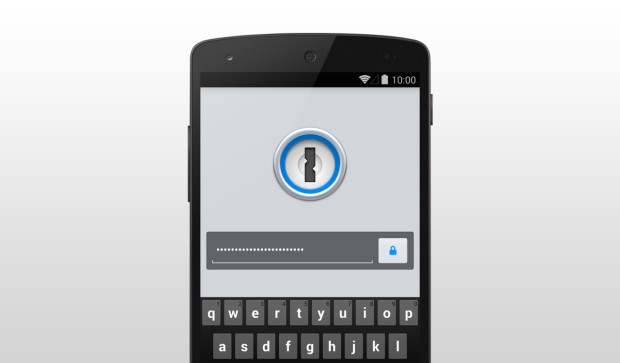
Till yesterday, 1Password was a great password management solution for most devices except Android. There was 1Password Reader for Android but it had ugly interface and that was enough to not to use it. The last month, AgileBits in a blog post mentioned that they are very busy working on the Android version of 1Password 4 and the blog post also said that they are going to release the new 1Password for Android on 10th of June. As they said, the new 1Password for Android is already released now.
I am using the app on my Android phone since yesterday now and was very excited to write about it because I use it very frequently on Mac and all I can about it is it is a time-saving app.
When you first start the 1Password app, it gives you an introduction of the app. You can press the “Continue” button to continue through the overview or you can also swipe left. In the end screen, it asks whether you’re an existing user or if you’re a new user. If you’re an existing user, you can import all your passwords from your desktop manually or if you use Dropbox for syncing 1Password data on desktop, you can use Dropbox app on your Android phone to locate the data and 1Password app will automatically import all your data.
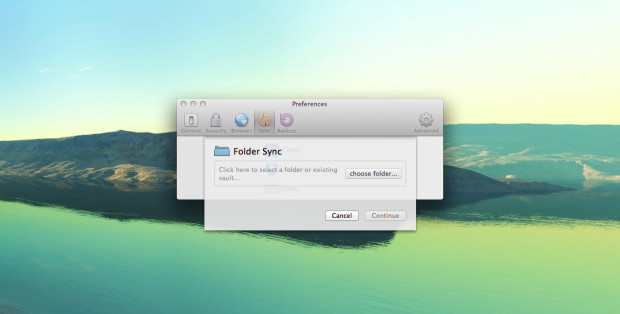
If you use iCloud for syncing, you’ll need to manually transfer the “1Password.agilekeychain” file from your Mac to your phone’s storage and locate it through the 1Password Android app. To do so, open the 1Password on Mac, jump to preferences and then to “Sync” section. To export the “1Password.agilekeychain” file, we’ll have to disable syncing for a while. So, click on “Change Syncing” button and then on “Disable Sync”. Now, in the same section, you’ll see option for folder sync, choose the “Folder” sync option and then select the directory where you want to have the 1Password data file. Once done, just jump to the directory and you’ll see the “1Password.agilekeychain” file there, now you just need to copy this file in your phone’s SD card and locate it through the 1Password Android app.
Now, you can re-enable the iCloud syncing on your Mac. For this, you need to Disable Sync again and then select iCloud sync option.
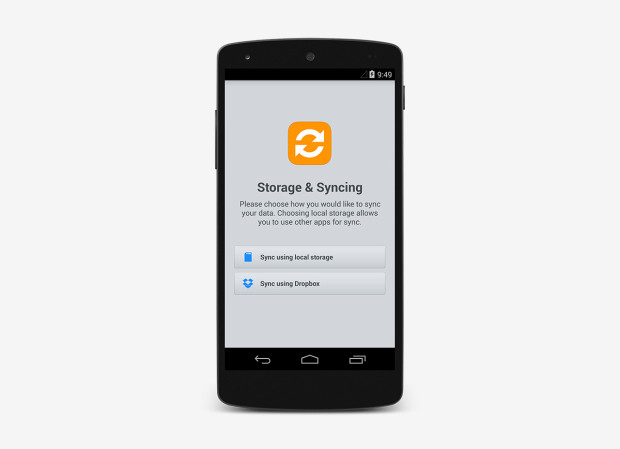
Once you’re done, you can tap on the “Sync using local storage” option in the 1Password Android app and then select the “1Password.agilekeychain” file. It will automatically import all your data and it will ask you to enter the Master password which is the same password that you use to enter into 1Password app on your Mac. After entering, you will be taken to the Main Dashboard where you’ll see all your account data.
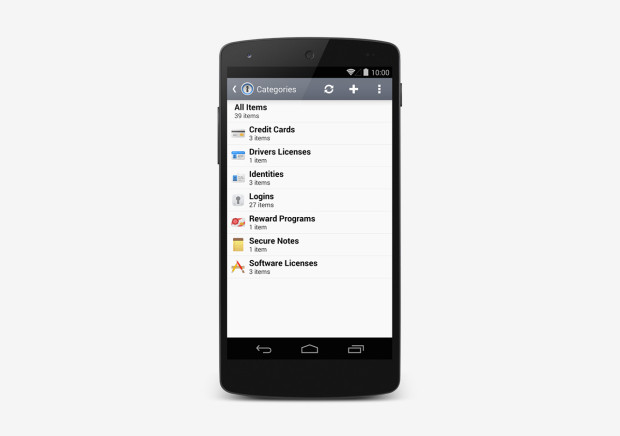
The app’s interface is similar to its desktop app. The main screen lists all your data, including All Items, Logins, Secure Notes, etc. All your accounts are displayed in list view and are sorted alphabetically in the Logins section. It displays the site icon, the site name and your username for each account. You can use three-vertical dots icon on the right of any account to quickly trash, favorite, login and copy the password for that account. When you tap on the login icon, it opens up the site and automatically enters the login credentials in its own browser and not the Browser app.
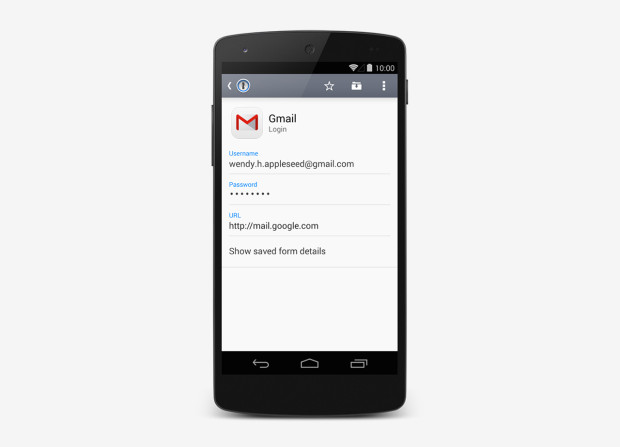
You can tap on any account to see the details. On the details screen, you can quickly copy your username or password for that particular account. Or you can also launch the site right from the details screen.
On the main screen, you can swipe to right to access Favorites, Categories, Folders and Settings. In Settings, you can change Security, Sync and some Advanced preferences. In Security, 1Password allows you to set a PIN Code(similar to Android’s PIN Code feature) for the app to add more security. You can also change the master password. You can enable or disable “Lock on exit” and set time for “Automatic Lock”. In Sync Settings, you can enable or disable Automatic Sync, Notifications and Folder sync. In Advanced Settings, you can enable or disable “Rich icons” and “Display web form details”.
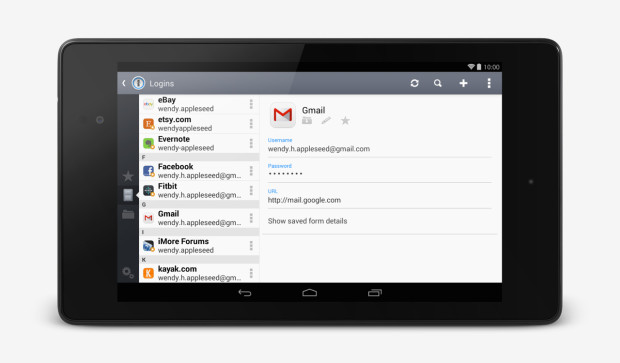
On the main screen, you can add Accounts, Database, Identity, License or other information using the plus icon on the top right. As soon as you add any new information or update existing details, the app automatically updates your local data. You can also sync the date manually by tapping on the Sync button on the top right.
1Password for Android is really helpful when you surf the web using your Android phone or tablet. You can use 1Password extension with Google Chrome on your phone and quickly login into any of your accounts. While browsing internet on phone, typing usernames and passwords everytime is very irritating. 1Password makes it easy to quickly get past those login screens and not only those, you can also store other information like Membership info, Router passwords, Secure Notes and much more.
1Password for Android is available for free on Google Play Store.